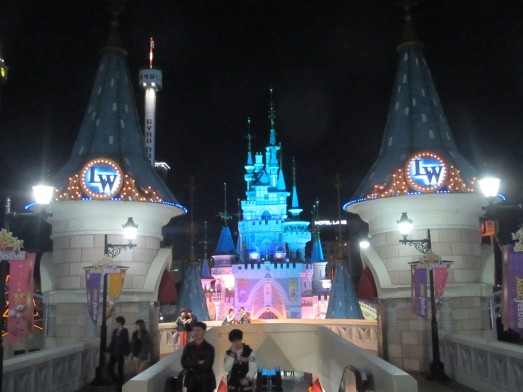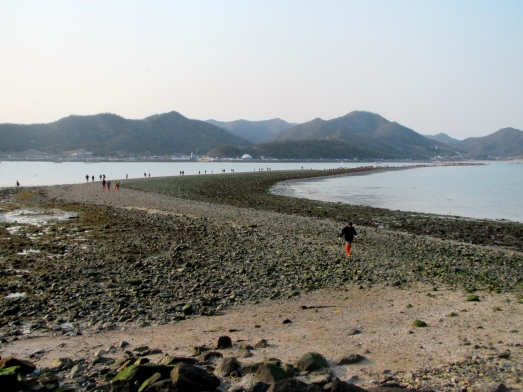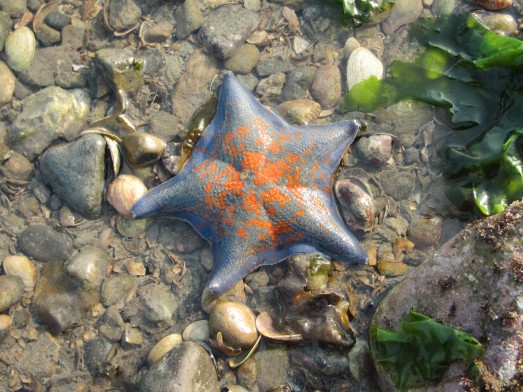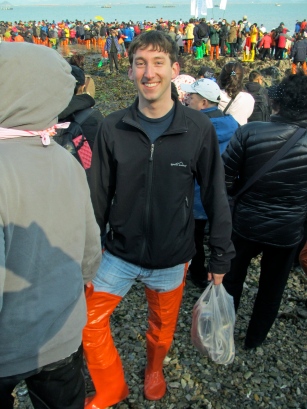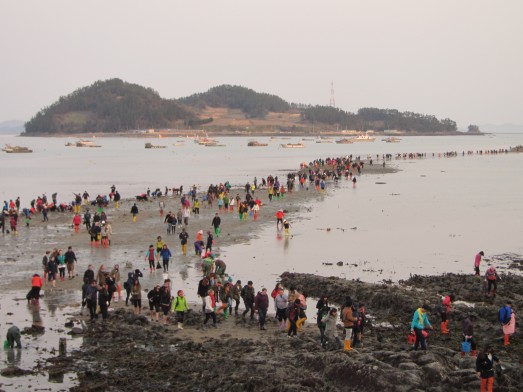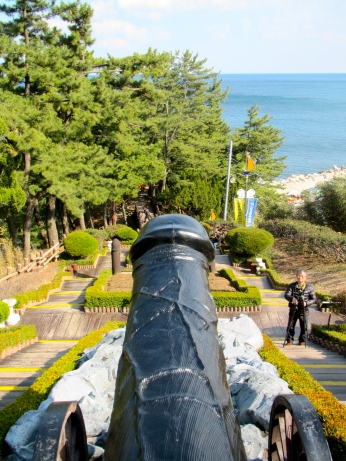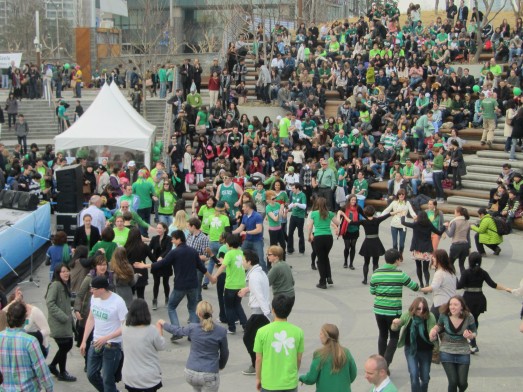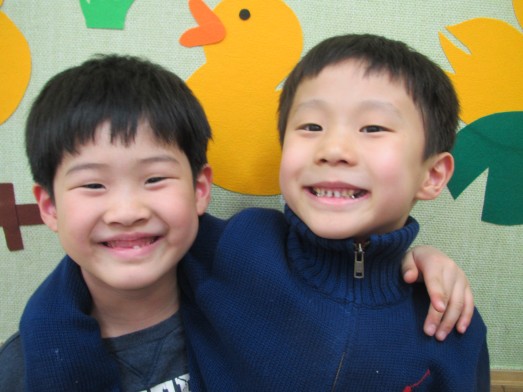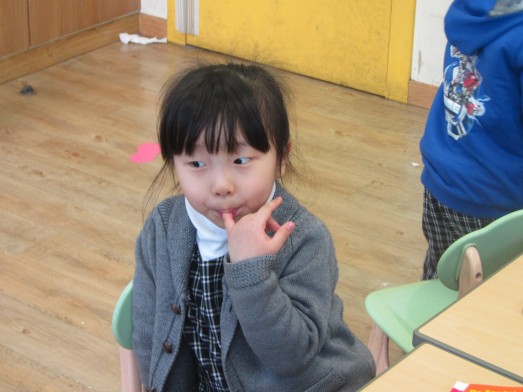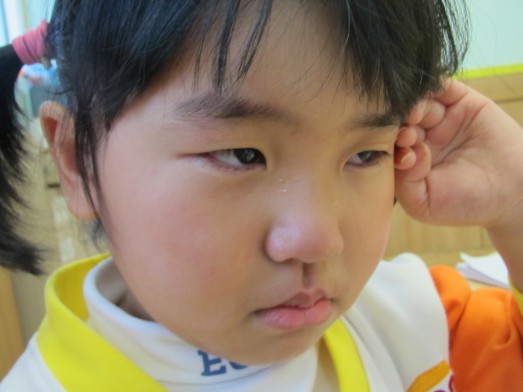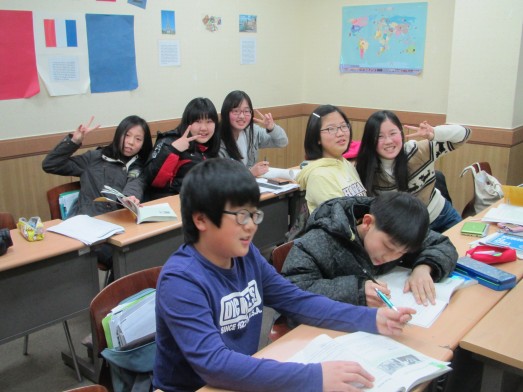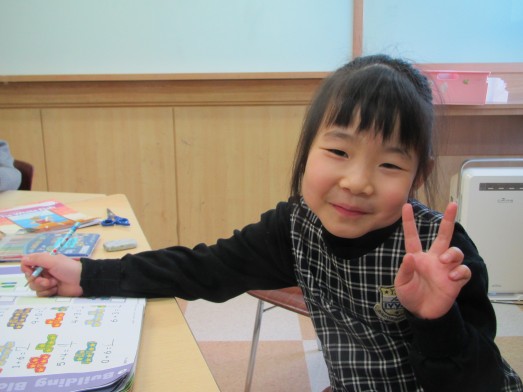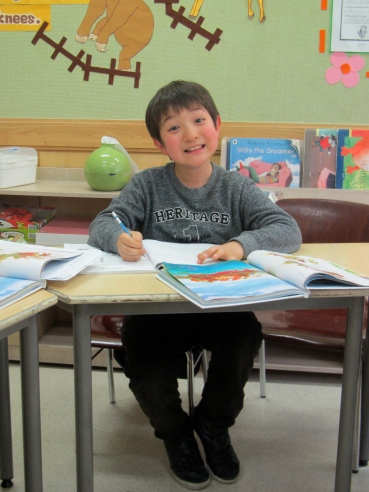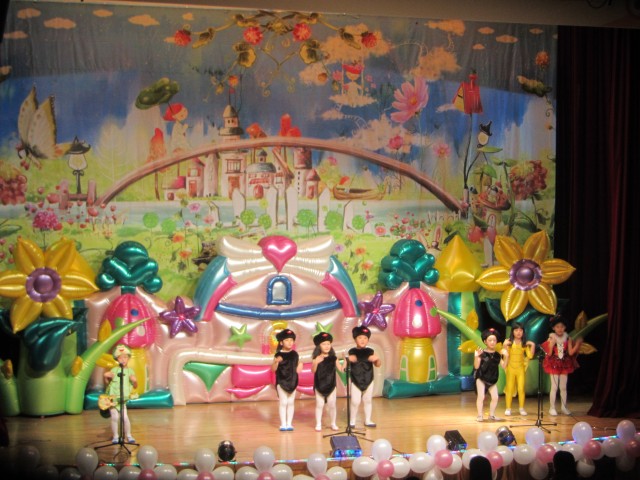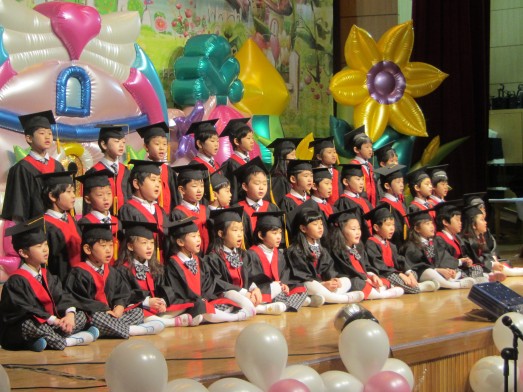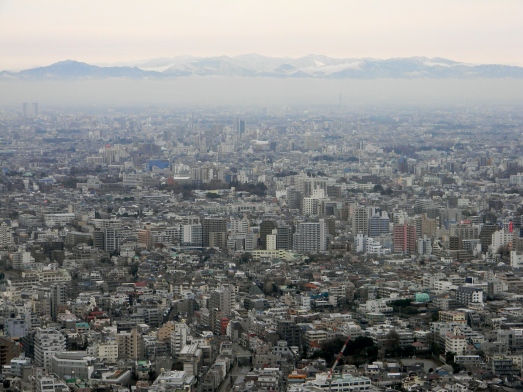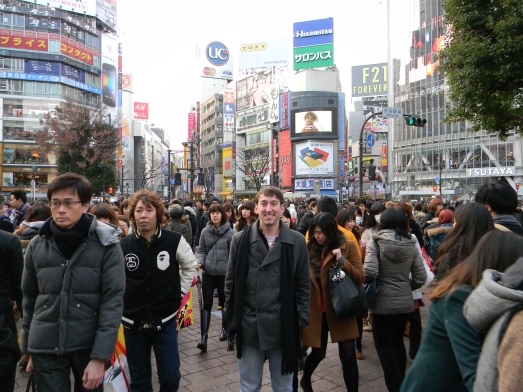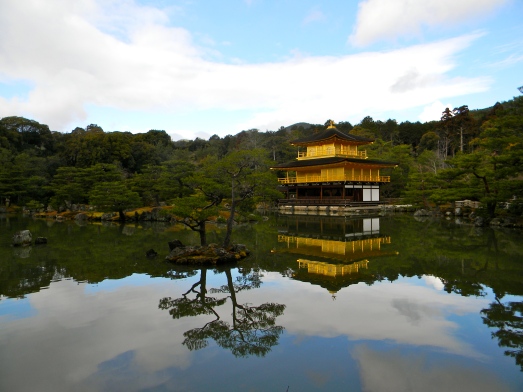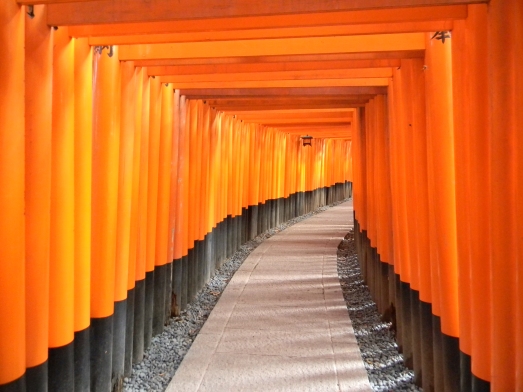 In Asia, celebrating the new year on January 1 isn’t the biggest of holidays. It’s not even the biggest of New Year’s celebrations over here. On this side the Pacific, Lunar New Year, which usually occurs a few weeks after the other New Year, is the more widely celebrated one. This is the holiday known as Chinese New Year in America, although in actuality this day is celebrated by many Asian countries other than China, including Korea. Even though Koreans seem to identify more with the Lunar New Year than the one on January 1 my school still had a vacation. My school never has days off so I decided to do something dramatic and make the most of my time off by going to Beijing, China.
In Asia, celebrating the new year on January 1 isn’t the biggest of holidays. It’s not even the biggest of New Year’s celebrations over here. On this side the Pacific, Lunar New Year, which usually occurs a few weeks after the other New Year, is the more widely celebrated one. This is the holiday known as Chinese New Year in America, although in actuality this day is celebrated by many Asian countries other than China, including Korea. Even though Koreans seem to identify more with the Lunar New Year than the one on January 1 my school still had a vacation. My school never has days off so I decided to do something dramatic and make the most of my time off by going to Beijing, China.
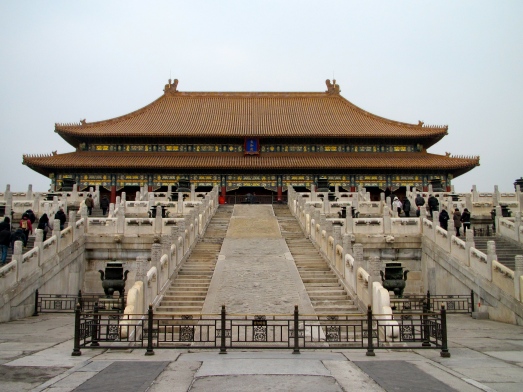 I went to Beijing with three of my coworkers. We signed up for a package with an English speaking travel agent in Seoul and got our flight, meals, accommodations, and entrance fees to attractions all for a pretty good deal. We flew into Beijing and were picked up by Charlie, our guide who looked far more like the reincarnation of Buddha than most people do. Charlie wasted no time and immediately took us to Tiananmen Square, where we took a few photos and walked over to the Forbidden City. The Forbidden City, former home of the Chinese emperor, was my favorite thing I saw in China. The entire palace complex seemed like it could have been an actual city in it’s own right, it was that massive. The regal architecture and intricate details that are found on everything surpassed any palace I saw in Europe, including Versailles. After walking around the Forbidden City in below freezing temperatures the group headed to a tea tasting where where we tried various kinds of herbal teas. I ended up buying some and it’s probably the best tea I have had in my entire life. This trip taught me that if the Chinese know one thing, it’s how to make truly amazing tea.
I went to Beijing with three of my coworkers. We signed up for a package with an English speaking travel agent in Seoul and got our flight, meals, accommodations, and entrance fees to attractions all for a pretty good deal. We flew into Beijing and were picked up by Charlie, our guide who looked far more like the reincarnation of Buddha than most people do. Charlie wasted no time and immediately took us to Tiananmen Square, where we took a few photos and walked over to the Forbidden City. The Forbidden City, former home of the Chinese emperor, was my favorite thing I saw in China. The entire palace complex seemed like it could have been an actual city in it’s own right, it was that massive. The regal architecture and intricate details that are found on everything surpassed any palace I saw in Europe, including Versailles. After walking around the Forbidden City in below freezing temperatures the group headed to a tea tasting where where we tried various kinds of herbal teas. I ended up buying some and it’s probably the best tea I have had in my entire life. This trip taught me that if the Chinese know one thing, it’s how to make truly amazing tea.
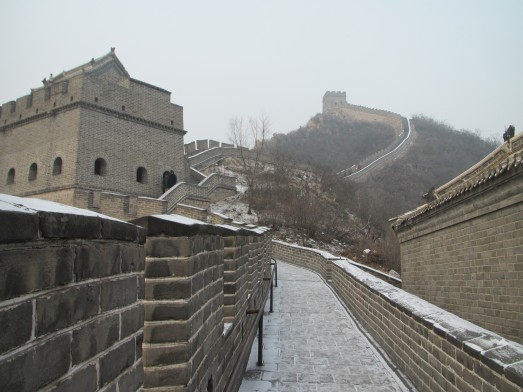 The next day we got up bright and early and headed to the Great Wall. The wall is actually about an hour and a half outside Beijing, which means it goes through the more rugged mountains and provides a more secluded feeling than anywhere else I visited on the trip. Climbing the Great Wall was what I looked forward to the most before I got to China and it did not disappoint. It’s hard to appreciate how huge the wall is until you are standing on it and there is no end in sight. After a few hours of walking up and down the hills on the wall we headed back to the city and went to the Summer Palace. The Summer Palace is where the emperor spent the warmer months of the year. It houses an enormous lake, a giant temple, and, like the Forbidden City, some great examples of classic Chinese architecture. My visit to the Summer Palace, unfortunately, was in the middle of winter so the lake was iced over and snow covered the ground but I was still blow away by everything about it.
The next day we got up bright and early and headed to the Great Wall. The wall is actually about an hour and a half outside Beijing, which means it goes through the more rugged mountains and provides a more secluded feeling than anywhere else I visited on the trip. Climbing the Great Wall was what I looked forward to the most before I got to China and it did not disappoint. It’s hard to appreciate how huge the wall is until you are standing on it and there is no end in sight. After a few hours of walking up and down the hills on the wall we headed back to the city and went to the Summer Palace. The Summer Palace is where the emperor spent the warmer months of the year. It houses an enormous lake, a giant temple, and, like the Forbidden City, some great examples of classic Chinese architecture. My visit to the Summer Palace, unfortunately, was in the middle of winter so the lake was iced over and snow covered the ground but I was still blow away by everything about it.
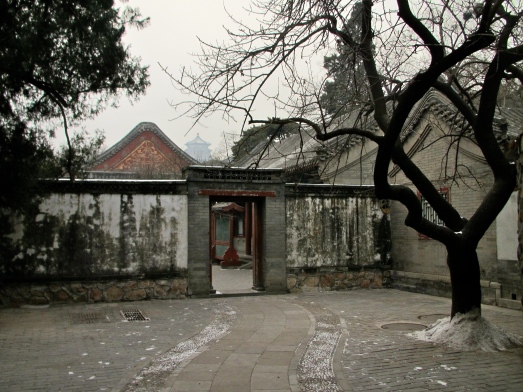 The group decided to hit up Beijing’s markets on the third day and get out haggle on. These markets are packed full of anything you could ever want, from knock-off Gucci to electronics to tacky souvenirs. Haggling is expected and it was pretty fun going back and forth with the shopkeepers. I ended up buying a t-shirt with terrible grammar, a Chairman Mao shot glass, a set of chopsticks, a couple of dragon statues, and a watch with Mao waving his hand as the second hand ticks. When everyone was finished supporting Chinese capitalism we headed over to the Yonghe Lama Temple, an active Buddhist temple right in the middle of the city. The temple had a few different pavilions, each with their own courtyards and statues of Buddha. People were burning incense and praying at each statue and I thought it was very interesting seeing local people doing a simple daily activity of theirs away from all the major tourist sights.
The group decided to hit up Beijing’s markets on the third day and get out haggle on. These markets are packed full of anything you could ever want, from knock-off Gucci to electronics to tacky souvenirs. Haggling is expected and it was pretty fun going back and forth with the shopkeepers. I ended up buying a t-shirt with terrible grammar, a Chairman Mao shot glass, a set of chopsticks, a couple of dragon statues, and a watch with Mao waving his hand as the second hand ticks. When everyone was finished supporting Chinese capitalism we headed over to the Yonghe Lama Temple, an active Buddhist temple right in the middle of the city. The temple had a few different pavilions, each with their own courtyards and statues of Buddha. People were burning incense and praying at each statue and I thought it was very interesting seeing local people doing a simple daily activity of theirs away from all the major tourist sights.
That night we went back out to another market, the Wangfujing Snack Street. This is the famous street where vendors sell anything that was once alive deep fried and served on a stick. Seahorses, starfish, and scorpions were probably the most popular items available though there was also ostrich, pigeon, and more dumplings than I thought humanly possible available. I ate a scorpion and a sparrow fetus. The scorpion tasted a bit like popcorn and the sparrow fetus was like really chewy chicken. While neither one triggered my gag reflex, I don’t think I will be indulging in them in the near future.
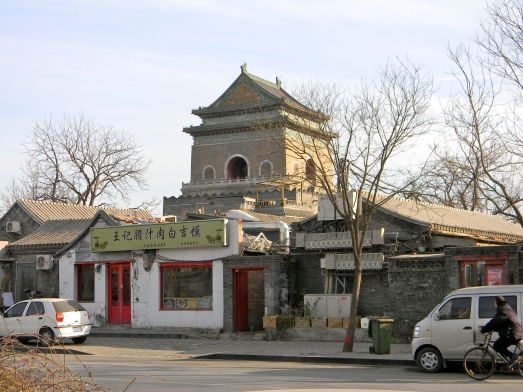 On the last day of the trip we went to a hutong, an old neighborhood in Beijing. Hutongs are all over the city. They are made up mostly of alleyways and densely packed low-rise houses. We took a rickshaw ride through one of the hutongs, visited a man’s home, and got a pretty good idea as to what living in a hutong was like. After the hutong we went to the Temple of Heaven. Like much of what I had seen the past few days, one of the first things I noticed about the Temple of Heaven was its enormousness. The Temple of Heaven was more like a park than a temple. People congregated for exercise, games of cards, and just to socialize. When I was there I saw people dancing with ribbons, playing hacky sack, and listening to singers performing little concerts.
On the last day of the trip we went to a hutong, an old neighborhood in Beijing. Hutongs are all over the city. They are made up mostly of alleyways and densely packed low-rise houses. We took a rickshaw ride through one of the hutongs, visited a man’s home, and got a pretty good idea as to what living in a hutong was like. After the hutong we went to the Temple of Heaven. Like much of what I had seen the past few days, one of the first things I noticed about the Temple of Heaven was its enormousness. The Temple of Heaven was more like a park than a temple. People congregated for exercise, games of cards, and just to socialize. When I was there I saw people dancing with ribbons, playing hacky sack, and listening to singers performing little concerts.
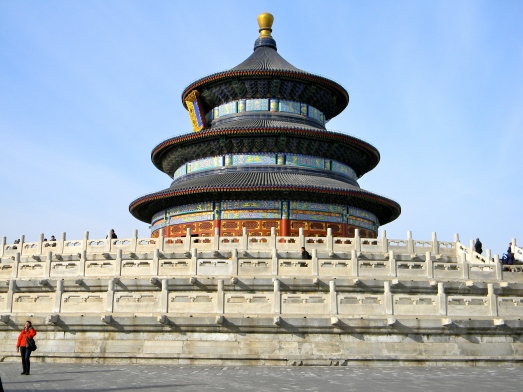 After exploring the Temple of Heaven, we headed for the airport to catch our flight back to Seoul. Even though I was only in Beijing for a few days I really enjoyed the city. Beijing was just as good as, if not better than, cities like London or Paris at a fraction of the price. The sights were outstanding and the food was among the best I’ve had anywhere. Panda Express has nothing on the real China.
After exploring the Temple of Heaven, we headed for the airport to catch our flight back to Seoul. Even though I was only in Beijing for a few days I really enjoyed the city. Beijing was just as good as, if not better than, cities like London or Paris at a fraction of the price. The sights were outstanding and the food was among the best I’ve had anywhere. Panda Express has nothing on the real China.
0.000000
0.000000
 Ever since I first got to Korea I wanted to visit Lotte World, one of the theme parks around Seoul. I had heard it was essentially a complete ripoff of Disneyland, castle and everything. The only problem was that for nearly eleven months, nobody would go with me and the last thing I wanted to be was that person walking around alone in an amusement park that parents tell their children to stay away from. Finally, as the end of my year in Korea is in sight, I convinced people to go with me and I got to experience the copyright infringement-filled wonder that is Lotte World.
Ever since I first got to Korea I wanted to visit Lotte World, one of the theme parks around Seoul. I had heard it was essentially a complete ripoff of Disneyland, castle and everything. The only problem was that for nearly eleven months, nobody would go with me and the last thing I wanted to be was that person walking around alone in an amusement park that parents tell their children to stay away from. Finally, as the end of my year in Korea is in sight, I convinced people to go with me and I got to experience the copyright infringement-filled wonder that is Lotte World.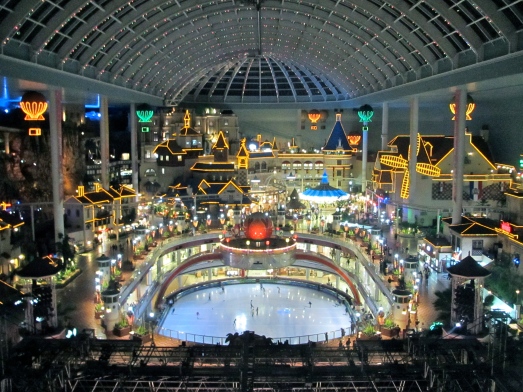 After finishing up everything we wanted to do on Magic Island, we headed inside to Adventure. The indoor park was giant. It stretched out over four floors and even included and ice skating rink in the middle. The rides weren’t as big or thrilling once we got inside but they were fun in a tacky and cheesy way. My personal favorite part of Adventure was just how blatantly obvious the copying of Disney was, even more so than on Magic Island. Nearly every ride had a “cousin” in Disneyland that was easily identified. For example, the Adventures of Sinbad was essentially the Korean Pirates of the Caribbean and Pharaoh’s Fury was Lotte World’s Indiana Jones. Just as people at Disney parks walk around wearing mouse ears, people at Lotte World wear various animal ears as they manage their way from ride to ride. I opted for tiger ears.
After finishing up everything we wanted to do on Magic Island, we headed inside to Adventure. The indoor park was giant. It stretched out over four floors and even included and ice skating rink in the middle. The rides weren’t as big or thrilling once we got inside but they were fun in a tacky and cheesy way. My personal favorite part of Adventure was just how blatantly obvious the copying of Disney was, even more so than on Magic Island. Nearly every ride had a “cousin” in Disneyland that was easily identified. For example, the Adventures of Sinbad was essentially the Korean Pirates of the Caribbean and Pharaoh’s Fury was Lotte World’s Indiana Jones. Just as people at Disney parks walk around wearing mouse ears, people at Lotte World wear various animal ears as they manage their way from ride to ride. I opted for tiger ears.
